“The wine has a real beginning, middle and end, although with its incredible length and the lasting impression it makes on the mind it is debatable if it does indeed actually end,” Dean writes about Cristal 2013.
2021 saw wine tasting have another 12 months of intrusion by the pandemic although there was greater balance this year between online events and real-life tastings than in 2020, where virtually everything was on Zoom, following a couple of super spreader events in March of that year. Remote tasting is here to stay and the opportunity for the trade is to keep both formats in play, determining which works best for the wines or individual in hand. The truth of the matter is that some events are more intimate with participants focused online, while most pure-play tasting is far better conducted in the flesh.
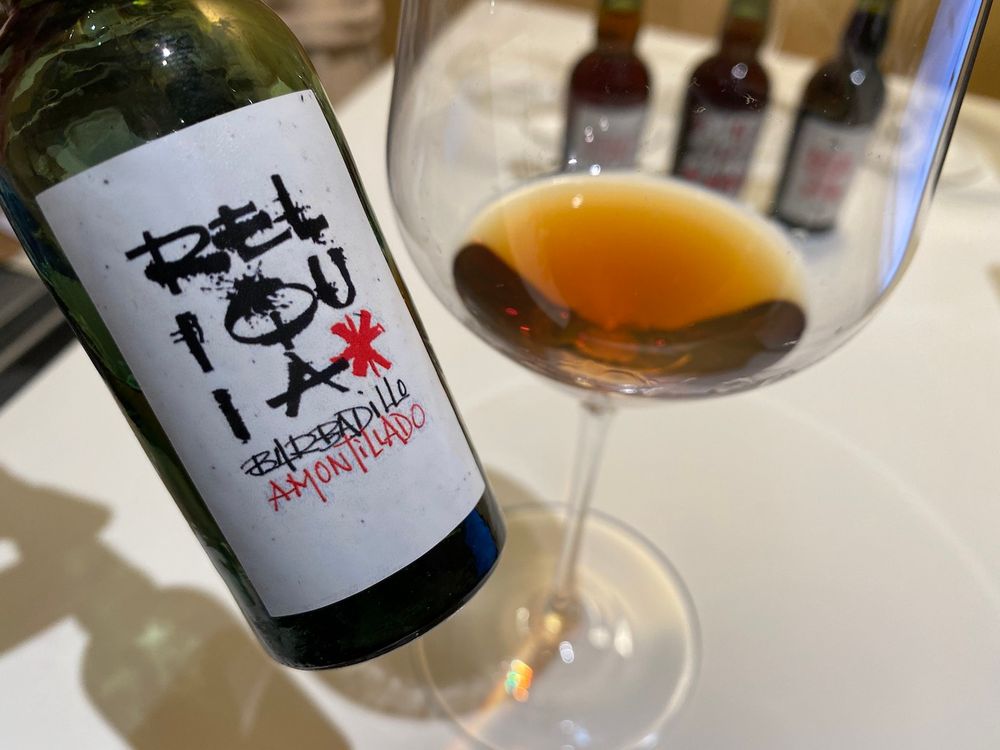
The size and format of Zoom samples can be an issue, of course, although in the case of Barbadillo’s Reliquia series of sherries aged well over 100 years, even though the four wines came in the smallest bottles imaginable this did not adversely affect one of the wine events of 2021. You only needed a wee taste of liquids that had a concentration and thrilling intensity that was simply off the scale. The palate was so powerful it pushed the envelope on what was acceptable in much the same way as, say, salty liquorice, does on confectionery shelves. These four sherries chosen from some of the oldest reserves in the world were almost essences – in fact they used to be referred to as ‘handkerchief wines’ as gentlemen used to put a drop on their pocket handkerchiefs as they would a cologne.
At £365 for a 35cl bottle and with just a handful released into each international market these were rarer than rare with the PX drawn from the Pope’s personal barrel. My pick was the Amontillado which was mahogany/russet with an intense, complex and slightly volatile bouquet with aromas of old teak, sea spray, walnut shells, and a touch of cream. The flavours just came in wave after wave. Just to pour these sherries was an exciting experience – a feeling of letting the genie out of the bottle – with the aromas filling the room from the tiniest sample. Read more about them here.
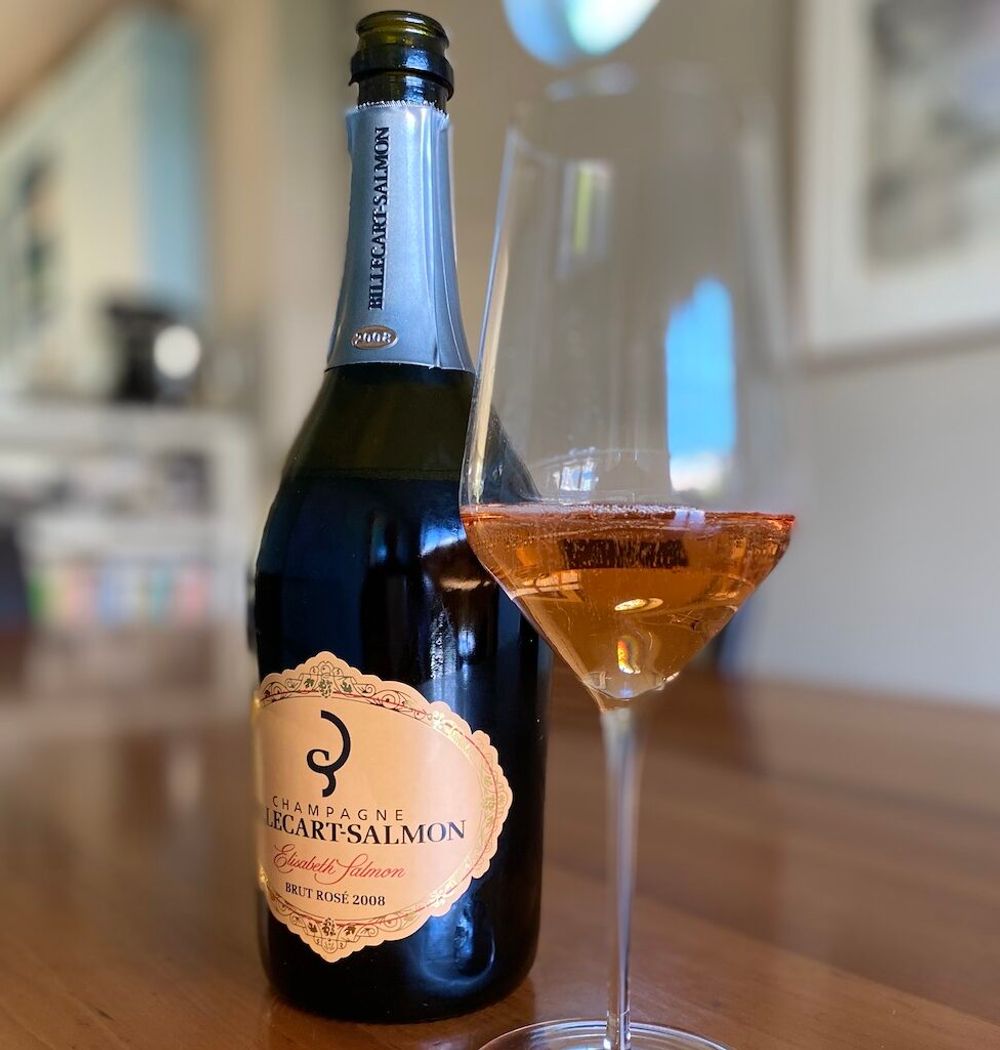
One of the major advantages of tasting Elizabeth Salmon Brut Rosé 2008, Billecart-Salmon as well as the many other landmark premium sparklers in 2021 was that critics received full bottles, so you could really get under the skin of a wine, coming back to it on a number of occasions to see how it was developing. 2008 is the vintage that keeps giving in Champagne and this example from Billecart-Salmon really is spectacular make no mistake – it oozes pure class from the first pour to the last drop. It is delicate, refined, complex, finely detailed and stylish with a capital S.
At first sight it is clear we are dealing with a serious Rosé Brut here. The colour is a deep salmon pink/ copper hue with saffron highlights. There is real luminescence in the glass with a steady bead of fine bubbles. The nose is complex, aromatics include lemon and orange peel, redcurrant jelly, ripe red apple, rose petals, raspberry pavlova, rhubarb, watermelon, salty air. The mousse is ample on the attack with red berry fruit on the front palate – redcurrants, wild strawberry – then hints of ripe peach, oyster shell, blood orange ending with a citrus twist (tangerine, lemon zest) and a refreshing hit of saline on the back palate. Structured, tightly wound, nervy acidity, balanced, textured – this is one of the best and most serious Rosé Champagnes I have ever tasted. Read more about this wine here.
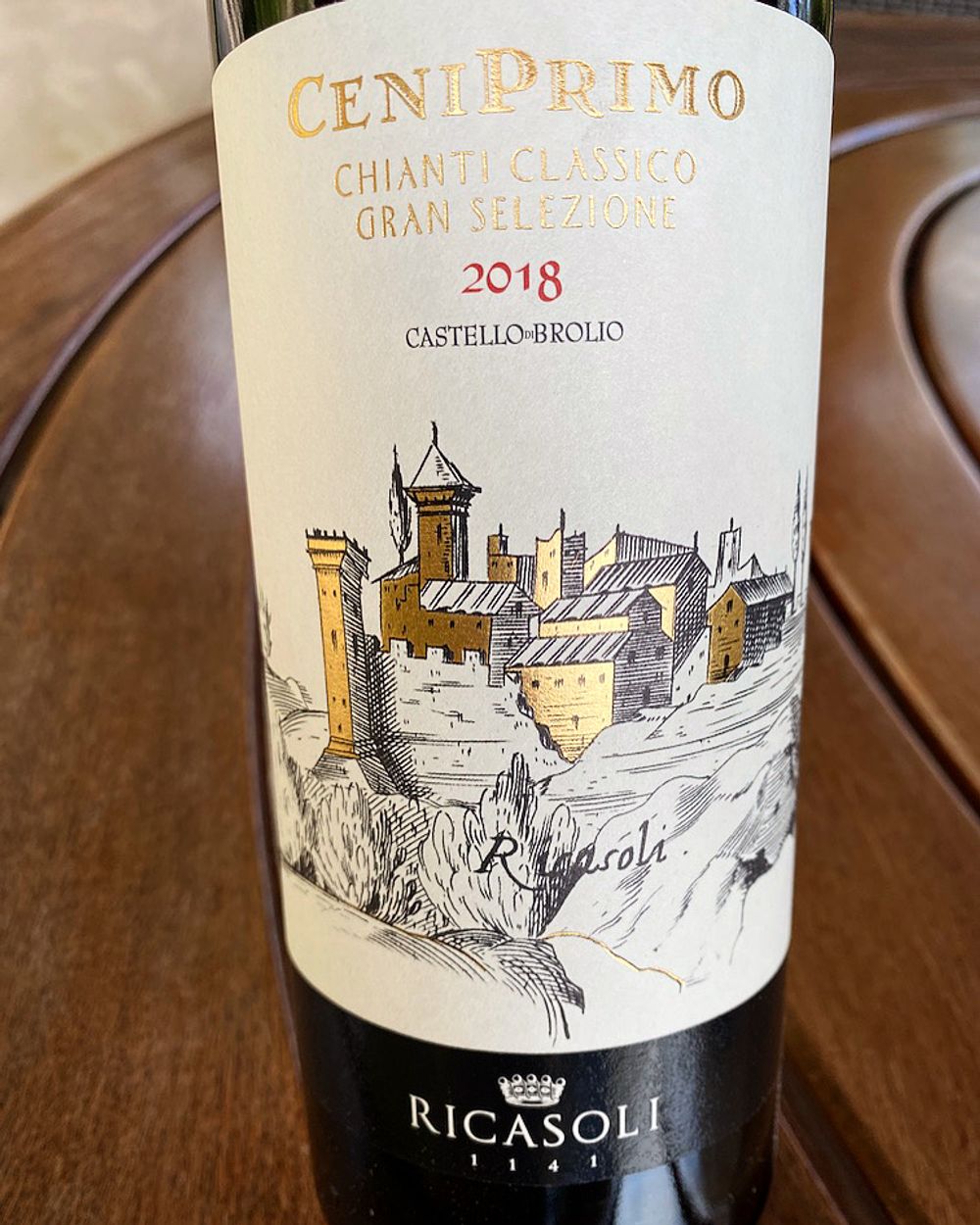
It’s not for nothing that James Suckling has said of Ricasoli’s CeniPrimo 2018 that this is “perhaps the greatest Chianti Classico I have ever tasted.” This hedonistic 100-pointer CC Gran Selezione is only the fourth vintage of this single vineyard wine from an estate that has been going almost a millennium and yet it doesn’t put a foot wrong – it’s so complete an expression that it is quite mind-blowing. To look at, the wine is light, ruby-red, transparent; there is a slightly retiring bouquet but, as it opens, it offers a number of cherry notes, along with sweet tobacco, wet Tuscan clay, red liqourice, raw beef, all in harmony; the palate is extraordinary, a perfect balance to the wine with everything in its right place – fruit profile, tannins, structure, texture, acidity, juiciness. It’s like the highest house of cards with not a feather of a wind to put it out of place.
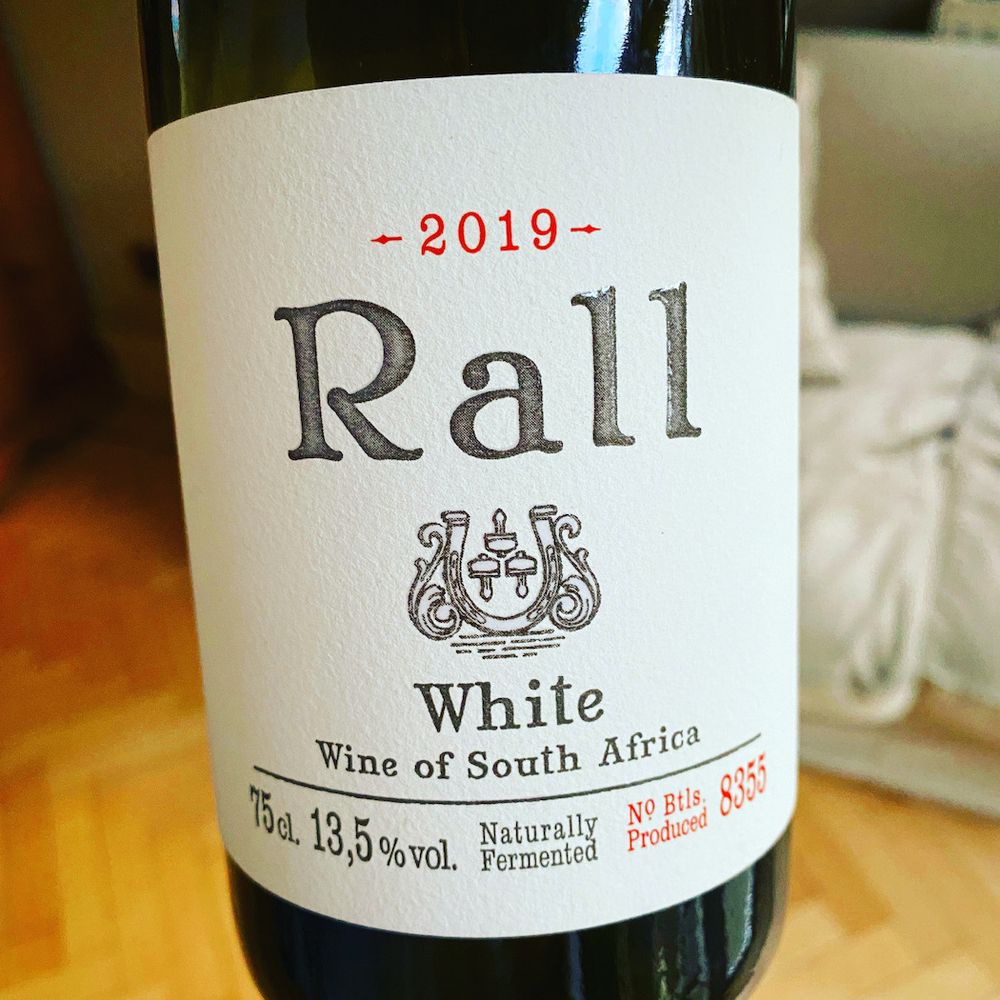
Donovan Rall is part of South Africa’s New Wave of producers and his wines have been going from strength to strength. I enjoyed his full portfolio this year but for me the standout wine is Rall White 2019 a stunning blend of 68% Chenin, 28% Verdelho and 4% Viognier, that can box toe to toe with Grand Cru Burgundy for the way it delivers almost perfect balance and finesse. 2017 was the first vintage to drop the Chardonnay in favour of what is now becoming an increasing percentage of Verdelho, that enables Rall to turn the screw up on the acidity, stops the wine going through full malo, and thereby retains an apple-crisp acidity without losing texture. The wine has a complex nose including tangerine zest, Golden Delicious, dried flower petals, pollen and a touch of white pepper; on the palate the wine is clean, focused, bright, mineral, with the wealth of flavour held in place. There’s great precision, finesse and energy in this wine and it’s still just a pup. Read more about Donovan Rall here.
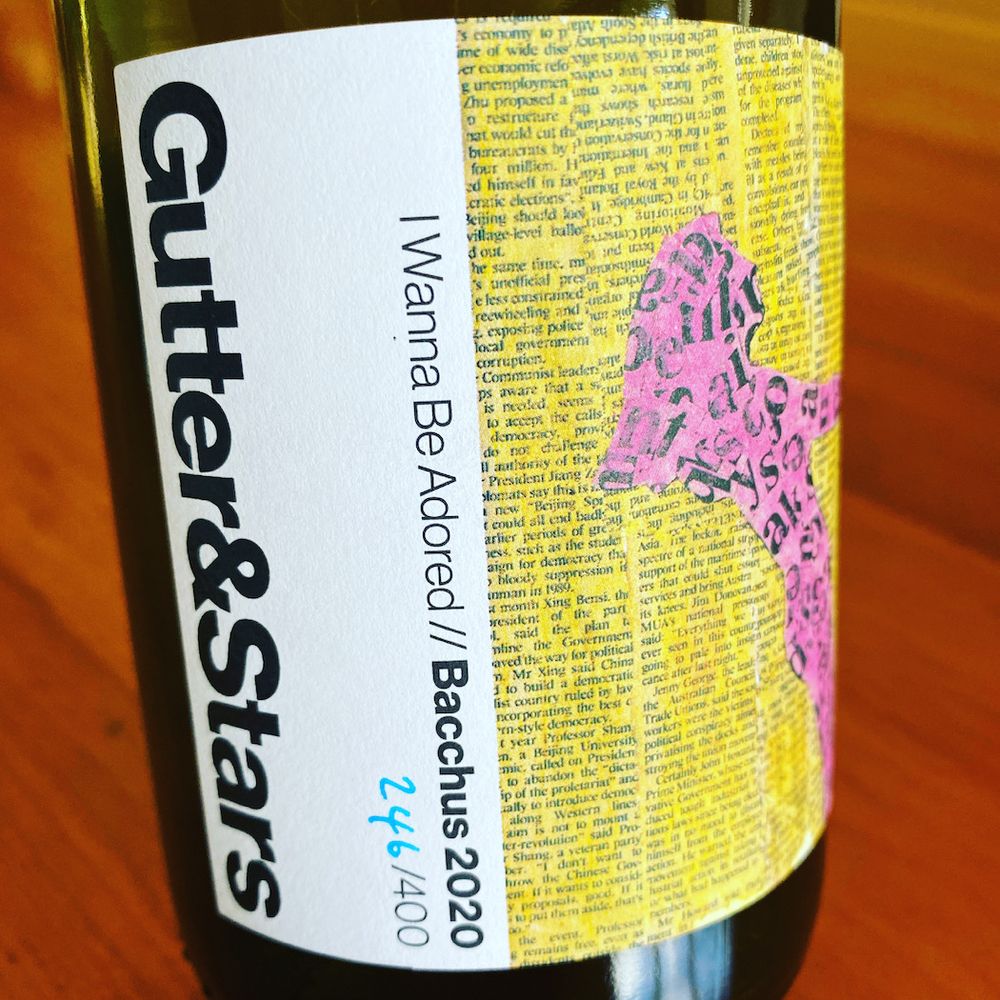
As a wine writer and consultant, debut winemaker Chris Wilson has also got a good handle on what a contemporary crowd is looking for in a wine. The fact that he is doing this with English still wine is even more remarkable – in fact if there is a better Bacchus made in the UK than Gutter&Stars’ I Wanna Be Adored // Bacchus 2020 I have yet to try it. Yes, Bacchus – the variety that in lesser hands smells like something out of The Body Shop – which Wilson manages to capture the ripe fruit-forward qualities of, but also manages to frame it within a sturdy structure, an acidity we don’t normally associate with the grape.
There’s intense basket-of-fruit aromas with this wine, violets, galangal; the palate also has ripe fruit notes, a hint of Fruit Salad chews but then you get a wash of fresh lemon juice, with a citrus peel, textural feel, ending on an attractively dry and sour, pithy note, the robust structure holding it all together. This is a wine with attitude and a point to prove. I’m already looking forward to more points being proven.
Every month Chris Wilson writes about his experience as a fledgling winemaker. Click here to read his account of making and selling our of his inaugural wine.
Pesseroles 2018 is also ‘a new kid on the block’ – the second vintage of this fascinating, complex orange wine from Priorat producer Mas Martinet but it took ten years of production before winemaker Sara Perez felt it was right to release onto the market. It’s oxidative, exotic, spicy and savoury and totally beguiling. The wine is a field blend of six varieties including Picpoul, Garnacha Blanca and Pedro Ximenez that are foot-trodden then transferred to glass demi-john and clay amphora for three months with 30% skins and stems. To look at the wine is deep orange gold, the wine has notes of peach, dried apricot, turmeric, cloves and honey. At first the mouthfeel is fresh and juicy, then becomes more textured and bone dry, with a dry stone-textured, saline finish. Bags of flavour – this would be a natural fit with some smoked, salted almonds watching the sun sink into the sea. Read more about Mas Martinet here.

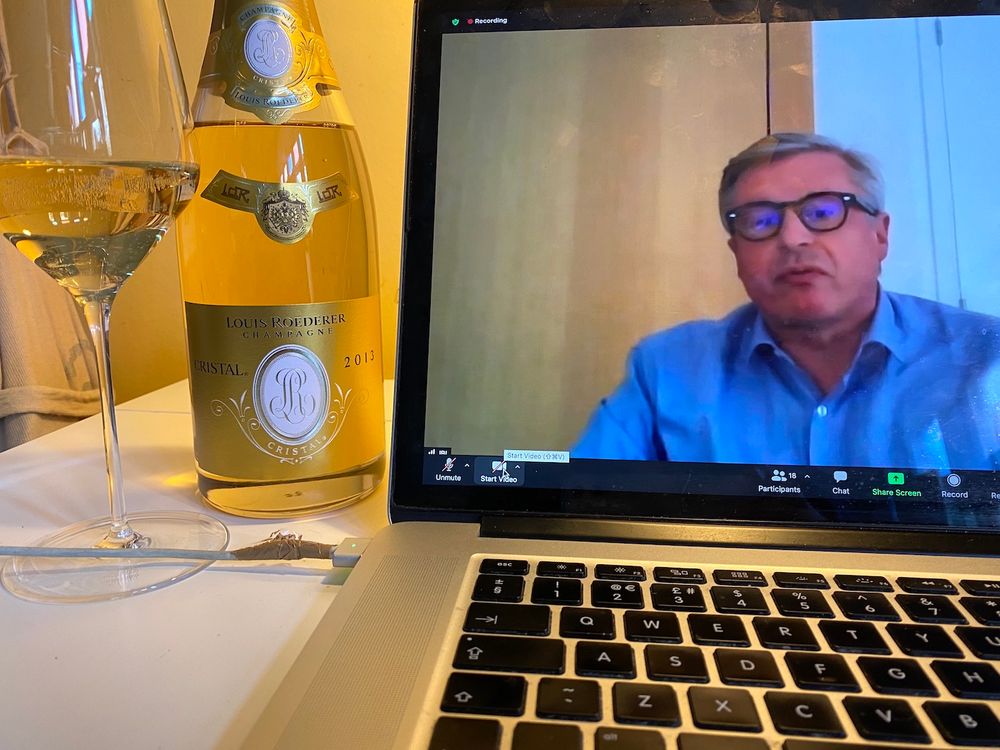
There were so many great new Champagnes that saw the light of day in 2021, apart from the Elizabeth Salmon mentioned earlier, we had Bollinger’s RD 2007, Devaux’s Sténopé 2011, Dom Pérignon 2012, Rare Millésime 2008 and Louis Roederer’s new Collection 242 just to mention a handful but the same house’s Cristal 2013 was utterly peerless. Here is a wine that is already multi-faceted, surprisingly so given its relative youth in the grand pantheon of prestige cuvées; the aromatics and flavours are complex, concentrated and pixilated, with floral and fruity notes interwoven with savoury.
The colour and the depth of the aromatics suggests more evolution than there is but from the first taste it is clear that this is a young Champagne. The immediate attack has a pronounced salty note, then there’s an explosion of ripe fruits, soft, ripe, juicy and rounded, the mousse building with tactile energy and chalky freshness; the wine is highly textured, gently rasping your tongue with mineral, lime sorbet, and little spikes of detail – lemon zest, rye crumb, saline, the long finish quite savoury with bright, fresh lemon. The wine has a real beginning, middle and end, although with its incredible length and the lasting impression it makes on the mind it is debatable if it does indeed actually end.
To read more about Cristal 2013 click here.
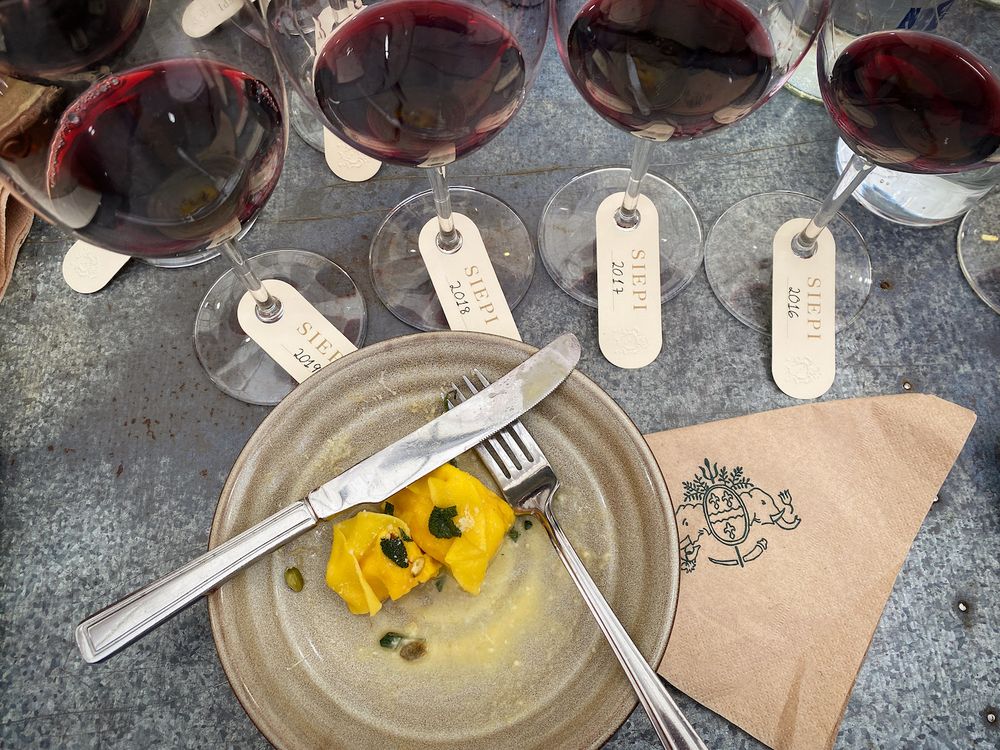
I’ve been a big fan of Mazzei’s Merlot/ Sangiovese blend for many years but Siepi 2018 really has heralded its arrival on the scene as one of the truly great Chianti Classicos. Whether it was the very good 2018 harvest or the change to the winemaking that began in 2017 – to assemble the blend and then let it spend a further 5-6 months in cement – this has a purity of fruit that I cannot remember from previous vintages sampled. Rich and sumptuous but never too much on account of the wine’s superb balance – the acidity and grip of the Sangiovese framing the wine’s seductive fruit. The wine also has this fresh wash of blood orange juice that makes you want to have another mouthful, with a lovely little chocolate and hazelnut detail on the long finish. This is a wine with such distinction and it delivers on all fronts. The great news is that the new 2019 vintage also makes the most of each grape variety and delivers a final wine that is firing on all cylinders.
To read more about Mazzei and Siepi click here.
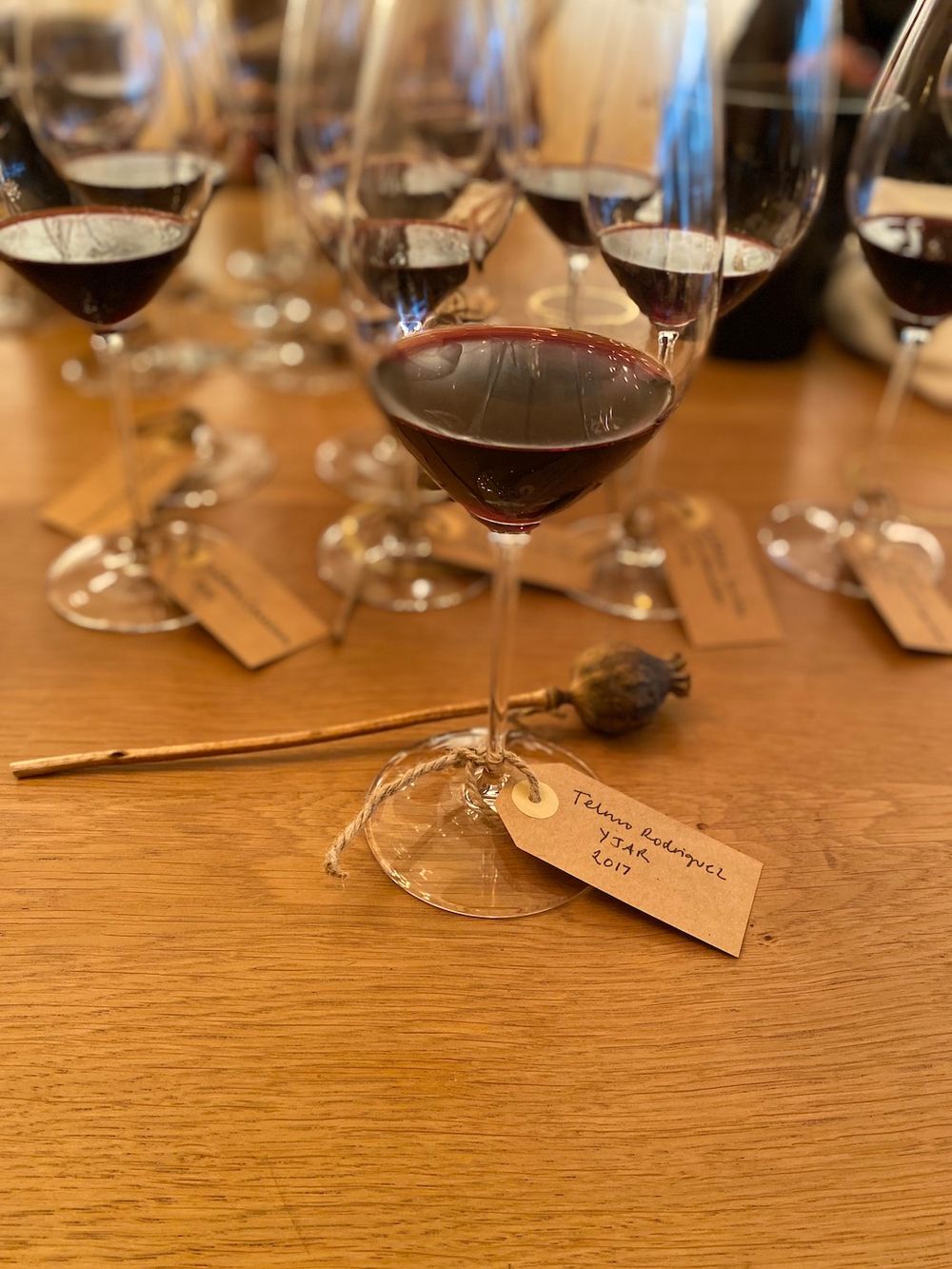
Winemaker and terroir evangelist Telmo Rodriguez released the 7,000 bottles of his inaugural Yjar 2017 through La Place in Bordeaux, the first Rioja to be sold down this route. If, like me, you rate his Remelluri Blanco as one of the world’s great white wines then make a beeline for this young, clean and modern 3.8-hectare, single-vineyard cuvée from the limestone foothills of the Sierra de Toloño in Rioja Alavesa and made from a massal selection of Tempranillo, Graciano, Garnacha, Granegro and Rojal.
The wine manages to tread that difficult line between rich, dense and concentrated and beautifully fresh and elegant, with a wonderful depth and complexity that works now and will work for many years to come. There are a ton of flavours and aromatics that are precise, impactful and merge brilliantly to create a sense of a place where the wine was made and where you wouldn’t mind hanging out for a very long time indeed.

One is loath to use the word ‘perfect’ with a wine but Castillo YGay, Gran Reserva Especial Cosecha 2010, a traditional style Rioja made with a very modern sensibility, runs pretty close. Only made in special vintages, and from the spectacular 2010, this can stand alongside the 2005 Ygay GRE as a landmark wine. Everything is in exactly the right place but the most unexpected quality is delicacy, the register on the palate is tight and light and magnificently elegant.
The bouquet is extraordinary and complex – red and black berries, pipe tobacco, vanilla, coconut husk, dried violets – the palate is fresh, medium weight, powerful in a sleek, detailed and precise way. Flavours are equally complex – dried cherry, orange peel, red liquorice, blackberry jelly, vanilla, forest floor (hints of mocha and bazaar spices). Lively, balanced and truly special. The Nadia Comaneci of Riojas.

It doubtless comes as no surprise that my last and eleventh wine of 2021 (hard to ditch any of these!) is Taylor’s 1896 Single Harvest Port which is simply extraordinary, and one of the most exciting fortifieds I have ever experienced. Like Barbadillo’s Reliquia sherries this port could be inhaled for a considerable length of time – it is almost a shame to drink it. It is extraordinarily complex, intense and ethereal, with shifting layers of dark, rich, broody notes. At first there are pronounced notes of liquorice, molasses, old wood, sawdust; there’s a layer of evolved fruit and dried flower petals – very old Seville marmalade, prunes in rumtopf, rose petals, eucalyptus; and then there’s the ‘Vinagrinho’ or noble volatile acidity that develops over time, which lends homogeneity and gives it a little lick of brown boot polish on the finish.
Like the aromatics, the palate is out of this world. Rounded, viscous, unctuous, voluptuous. Such concentration! And the acidity is still-there-and-present holding the considerable 218.00 g/l residual sugar effortlessly. Flavours abound – mocha, butterscotch, marmalade, with the faintest touch of mushroom on the long finish which is immense. As with all of these historical releases there are so few bottles to go around and the budget (RRP £3,950 for a 750cl decanter) will be prohibitive to most but it is arguably one of the best value wines on the list!. Read more about this here.
In conclusion…
There were so many wines that could have made the final cut and if 2022 is anything like 2021 then it will be an amazing year for wine lovers everywhere. If we can get hold of the stuff that is. Happy New Year and see you on the other side.









































